
Subaru Forester Estate (2008-2012) engines, drive and performance
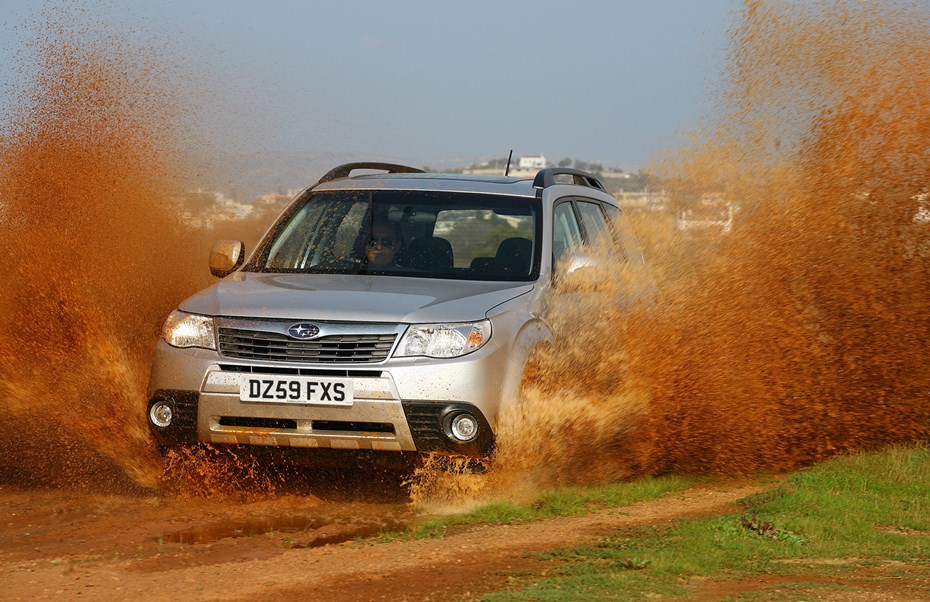
Originally there was just one engine for the Subaru Forester: a 2.0-litre petrol that was carried over from the previous model. Although torque has risen, power has actually decreased to 150bhp. It manages 0-60mph in 12.3 seconds, but on the move it feels sluggish – especially at low speeds. It’s not very free-revving either and you really need to work the unit hard to get any meaningful performance out of it – unfortunately at high revs it gets very noisy.
The optional four-speed automatic gearbox is best avoided. The standard five-speed is better thanks to its slick action, but you’ll find yourself constantly changing gear to keep a decent pace.
Diesel engine
September 2008 saw the introduction of useful diesel option. For best Subaru Forester performance go for the 147bhp 2.0-litre engine. It’s punchy, economical and shares some of its characteristics with the 2.0-litre petrol. As well as being economical, it feels quicker than its 10 second 0-62mph time suggests. When launched, the diesel offered 44mpg economy, but this was improved in early 2011 to 47.9mpg.
Parkers recommends
The economy and emissions advantage of the diesel over the petrol engine would be enough for us to recommend the diesel, but it’s also the more enjoyable motor to drive.
With self-levelling suspension and more ground clearance than most rivals, the Forester is surprisingly capable off road and will happily tackle rutted tracks and muddy slopes. Manual cars come with a dual range gearbox for when the going gets particularly tricky. Unfortunately despite its low centre of gravity it’s not as good on road. While traction is excellent, thanks to the four-wheel drive system, and grip levels are high, the overly light steering lacks feel and combined with excessive body roll makes tackling corners an experience that doesn’t inspire confidence.
Stopping power is good but under heavy braking the Forester does have a tendency to move around a fair amount.


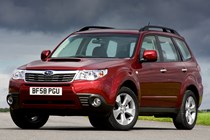
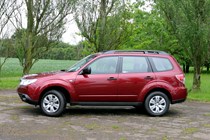
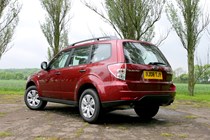
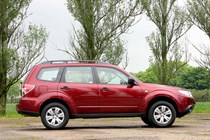
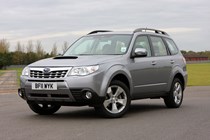
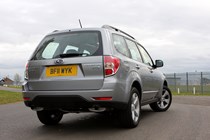

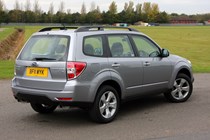
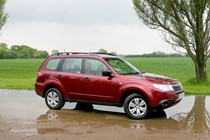
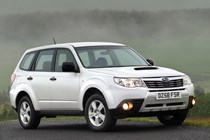
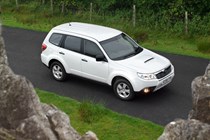
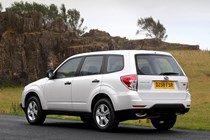

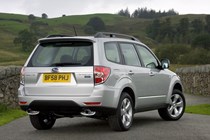
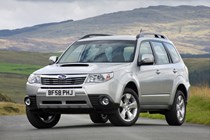
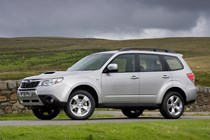


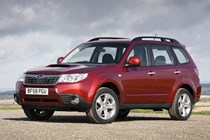
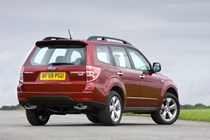
.jpg)
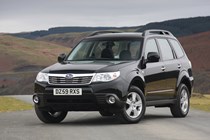

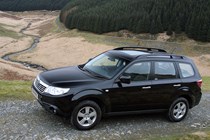
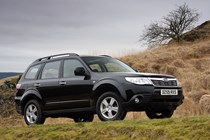
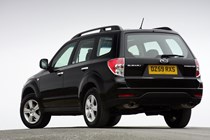

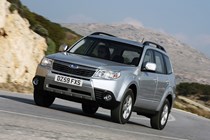
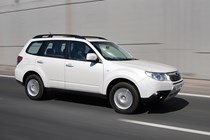
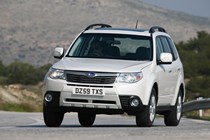
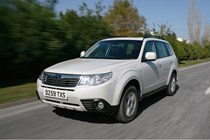

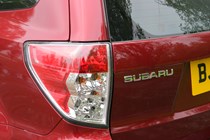
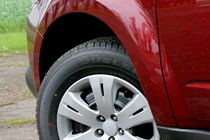
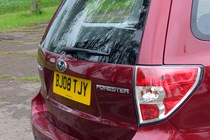
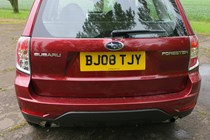
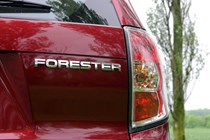
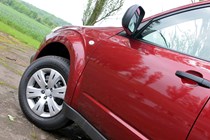
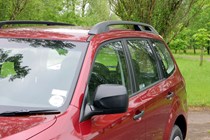

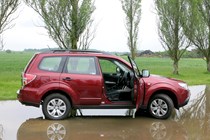
.jpg)
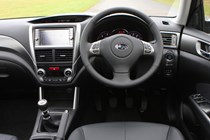
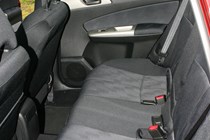
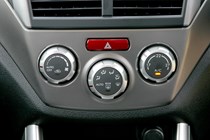

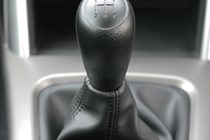
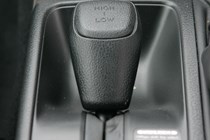
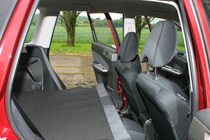
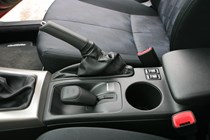
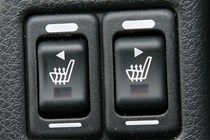
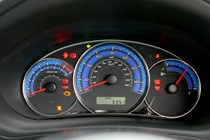

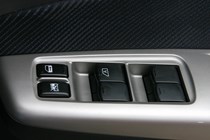
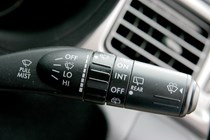
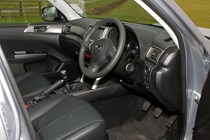
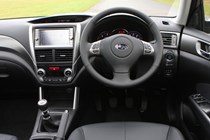
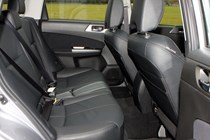
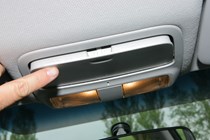
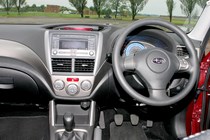
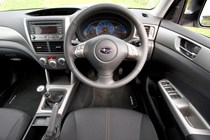
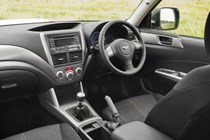
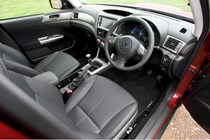

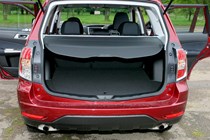
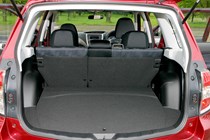
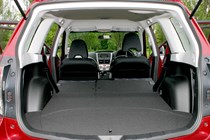
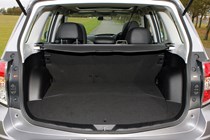
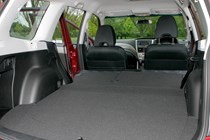
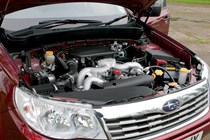
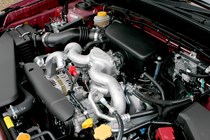

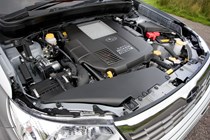




















.jpg?quality=50)




















.jpg?quality=50)






























